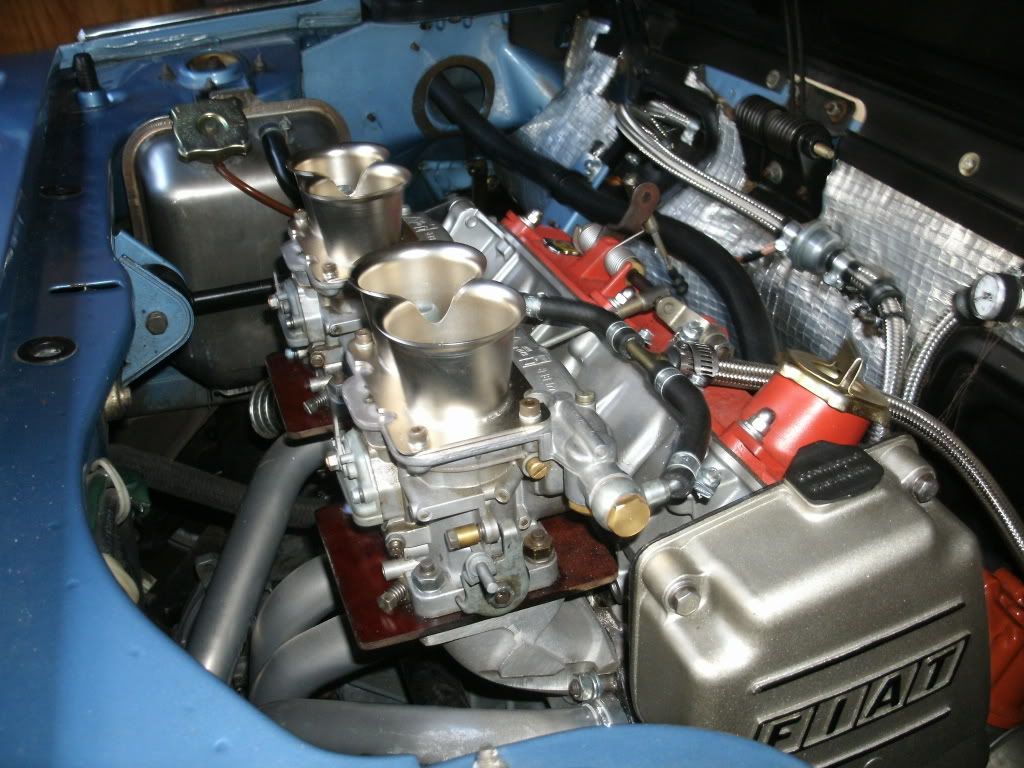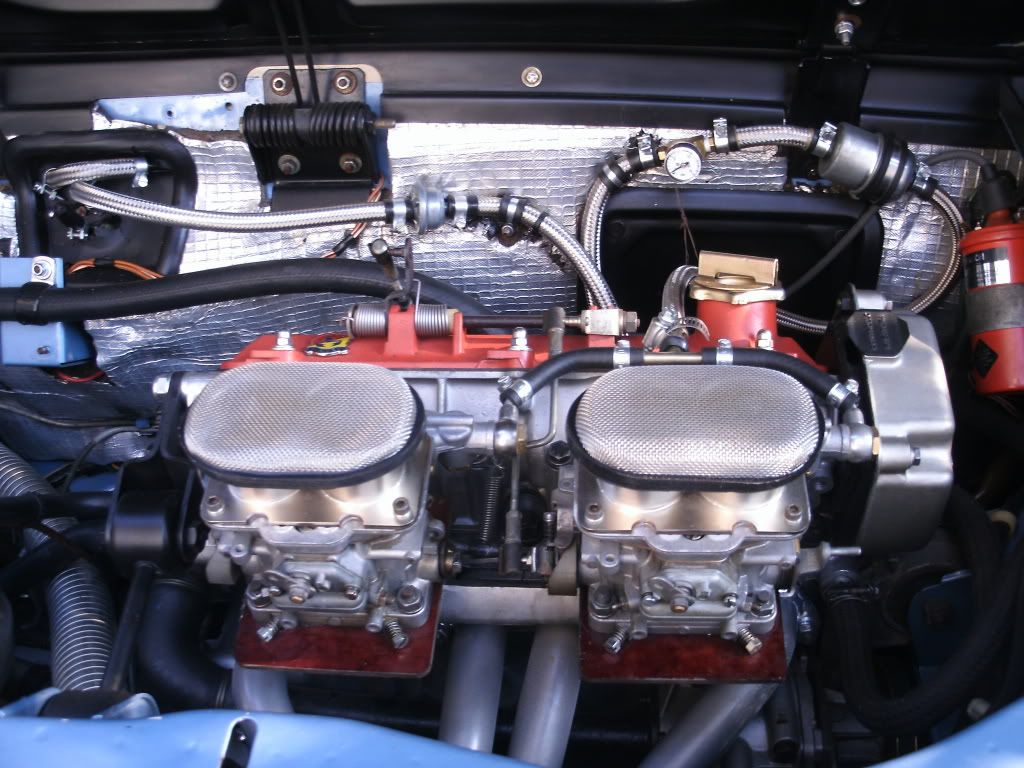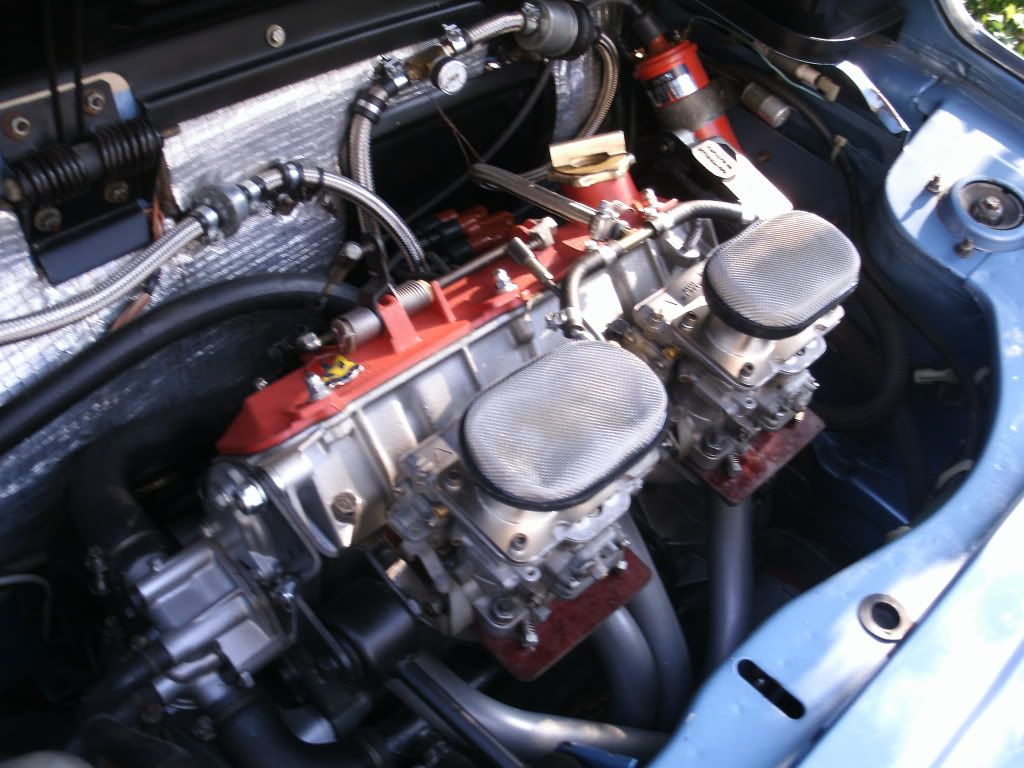For the DCNF type air horns you need to look in the throttle bodies section, strangely TWM don't list them in the carbs section?? They are not cheap, but they work the best of all types I've tried.
3004 throttle body is the DCNF clone
http://www.twminduction.com/AirHorn/AirHorn-FR.html
Mesh screens are rubbish for keeping out the fine particles that actually ruin your ring seal... and they are rubbish from a flow perspective too...
they completely destroy the effectiveness of the roll lip in smoothing out the air flow entry, as well as addding considerable flow resistance, I would never use them...
air boxes of sufficient volume and head room above the air horns is definitetly the way to more HP.
SteveC
















